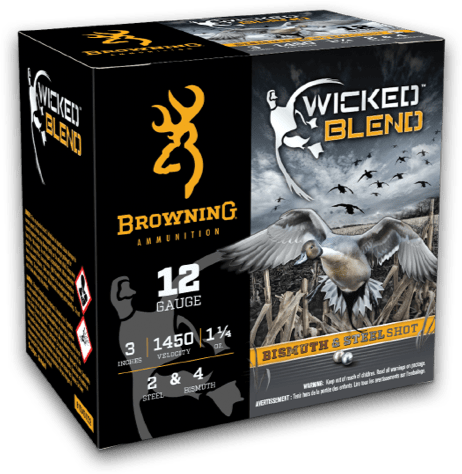Orange is the New Black – Predator Hunting is the new Trapping
What happens to an artisanal skill when the artisans disappear, and no one is left to pass it on?
Trappers, who are such artisans, are far from gone. But they don’t have it easy. Despite damage brought about by wildlife, amounting to some $22 billion per year in the U.S., trappers, still hundreds of thousands strong, face powerful opposition. Without trapping, though, an important implement in the tool kit of conservation would go missing. There is another tool, though, besides leghold traps, that can be used to help control destructive animals.
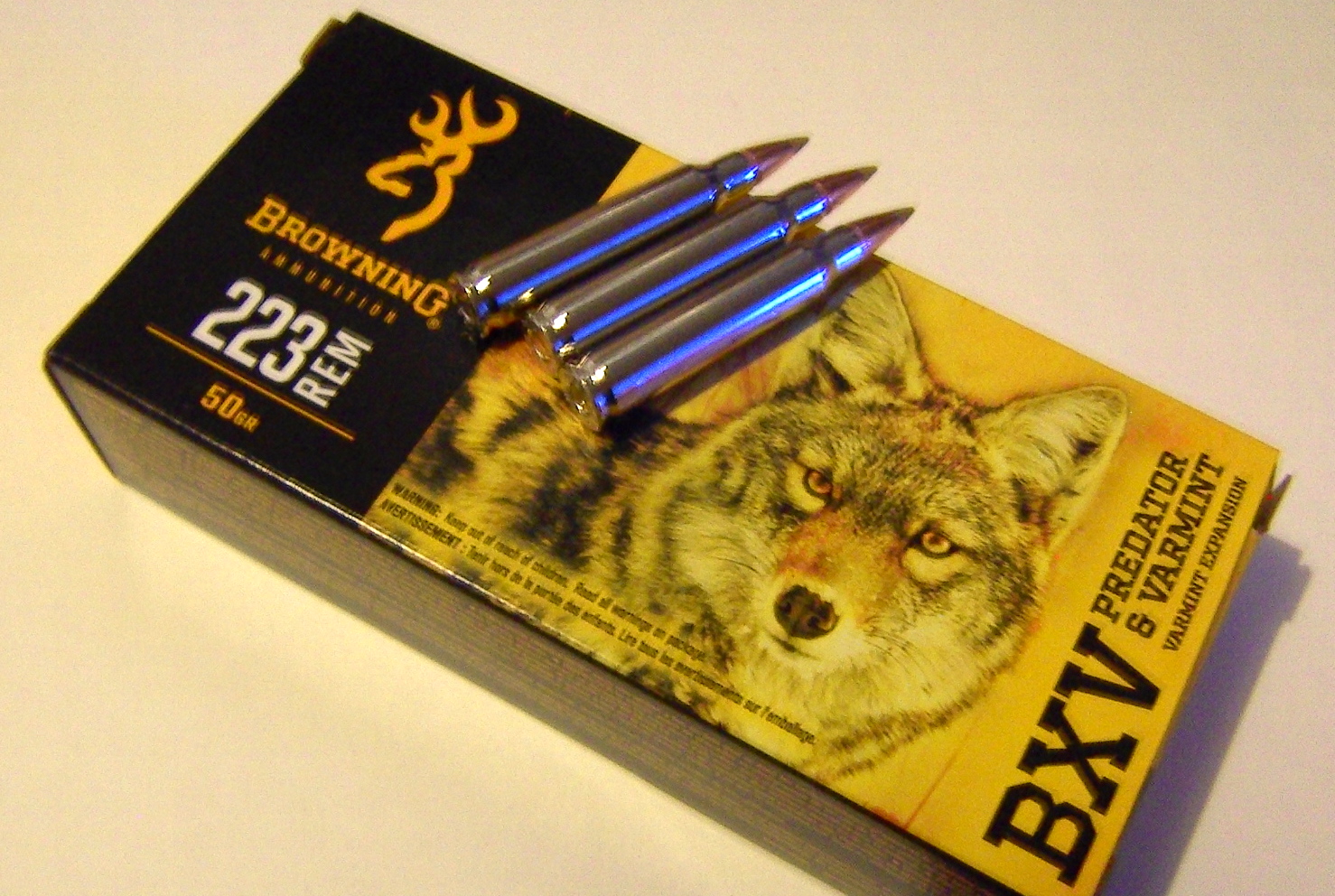
Three of the animals most responsible for damage–foxes, bobcats, and coyotes–are also three of the most sought after by predator hunters.
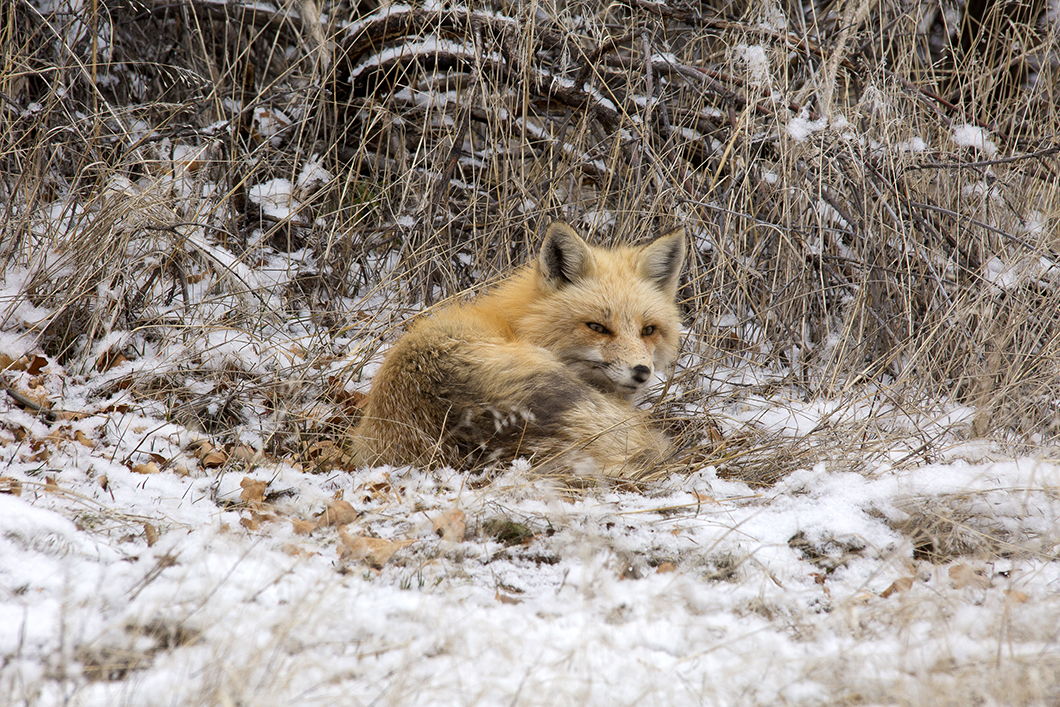
One of the incentives for trudging out into the ice and snow this time of year to hunt those predators, is what their pelts can bring when hunters go to sell them. Along with political and legislative opposition, influenced by anti-hunting groups, economics do not necessarily favor the taking of fur-bearers. The calculations that go into the amount of money fur brings is a complicated equation that can be linked to the price of oil. The largest market for raw fur happens to be the country of Russia, not surprisingly for a nation with some of the coldest land on earth. Russia’s wealth, though, is closely tied to oil. Look at the cost at the pump for a gallon of regular and realize that the lower it goes, the less money Russians have to spend on furs. So what happens out in the hills and timber–with predator hunters hoping to sell their skins–doesn’t stay in the hills and timber.
With fur hunting a part of the grand scheme of international trade–who knew?–prices remain low, with red fox worth maybe $20 for a top-quality pelt. But things do get better moving up the food chain. Good western coyote fur can be worth as much as $75 per hide, while prime western bobcat may be valued as high as $300, worth a good day’s work in almost anybody’s book.
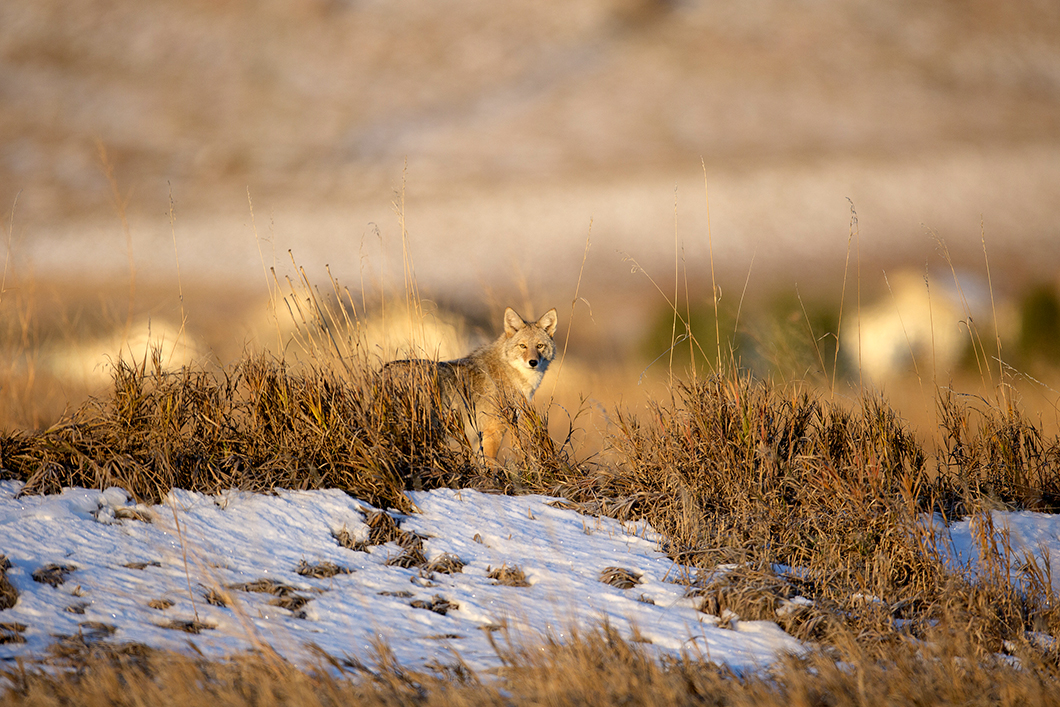
As is so often the case, the debate over calibers, ballistics, and bullets is, especially for the hunters who want to take sale-able pelts, interminable. Many hunters will use full-metal-jacketed bullets (where legal for fur-bearers) on the theory that clean, small entrance and exit wounds mean easy to repair, and market, hides. They can also mean hides that can’t be found when a predator gets away. Big-game hunting bullets, on the other hand, kill very quickly, if not instantly; but can cause severe damage to pelts, damage that may not be able to be fixed, thus ruining the value of the hide.
The simple truth is that there will never be a perfect caliber, bullet, or ballistics for every furbearer-hunting situation. Loads as different as heavy Browning BXD BB for waterfowl or for foxes, even BXD No. 4 turkey loads–when linked to a shotgun like the Browning Maxus with red-dot sights or a low-power scope, the proper choke, and when the sight is properly sighted in and the load patterned to determine effective range; BXV predator and varmint rifle cartridges, naturally; even a BXR deer caliber as large as the 6.5 Creedmoor for extreme long ranges, can all be effective for harvesting pelts. It comes down to knowing the terrain, the proper calls and baits and techniques to use, and above all the behavior of the animals, to settle on the right combination. Which really doesn’t say anything, does it?
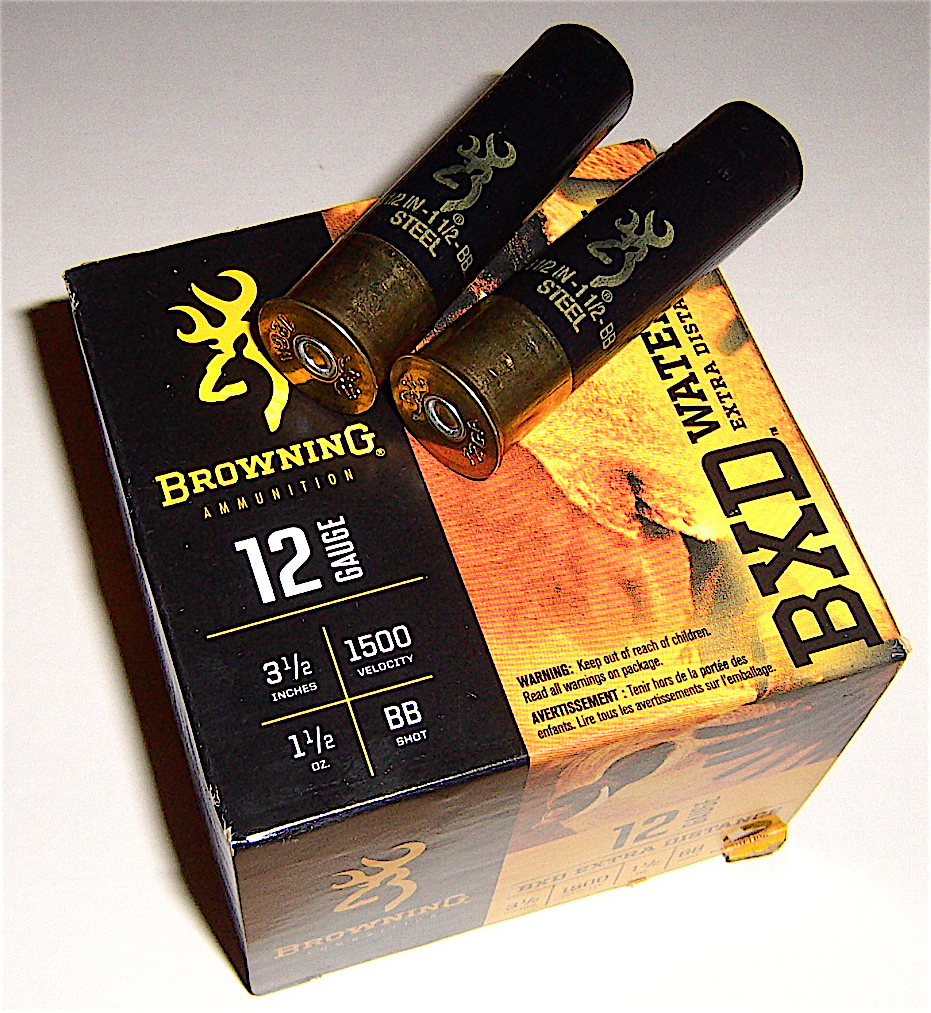
To pick just one–call it the jumping off point–then, start with the ultra-useful polymer-tipped 223 Remington predator cartridge, matched to the Browning X-Bolt Eclipse Varmning rifle. With careful shot placement, hide damage can be kept to a minimum, while the cartridge is capable of giving point-of-aim accuracy out to 300 yards when sighted for a 200-yard zero.
Most trappers, of course, don’t trap for the money, or at least not solely. They trap because they love the art of it, the matching of human intellect to predatory cunning; but that art also involves producing something, in this case a sale-able pelt, that affirms that the animal taken will be put to service. All in all, whether with a trap or a rifle, or shotgun, and cartridge, the tradition of taking fur-bearing animals to provide warmth in the heart of the worst winters, will continue.
Follow Browning Ammunition’s social media channels for more hunting and shooting tips and updates on Browning Ammunition supported events and promotions on Facebook, You Tube, Instagram and Twitter.

